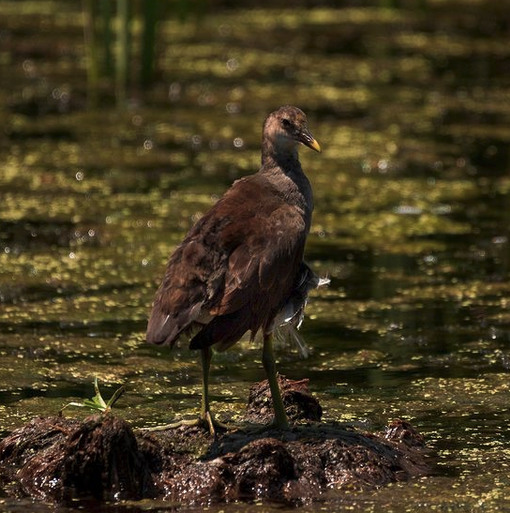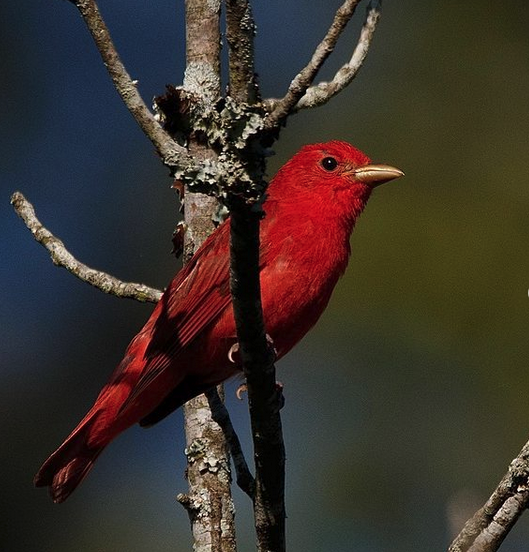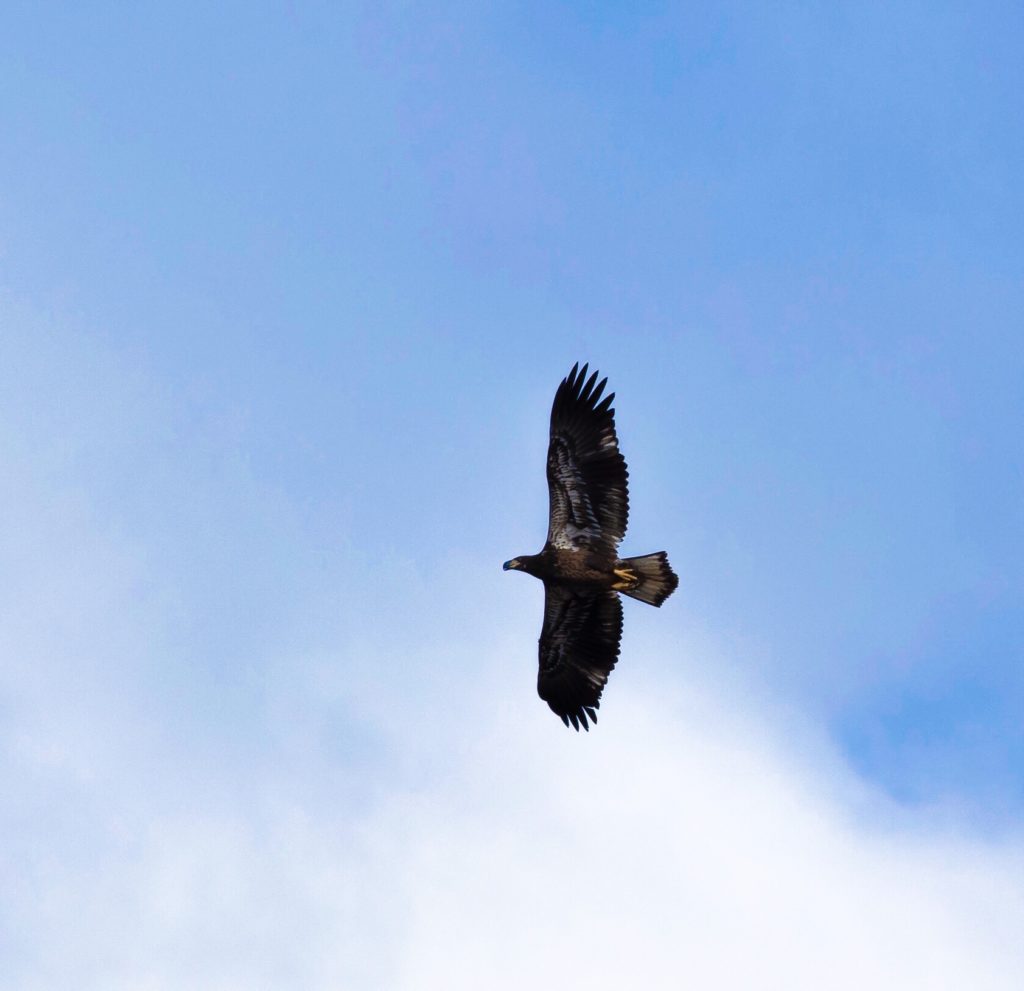By Sally Siko
Behold the cutest little bird in North Carolina, the Semipalmated Plover!
I spotted this tiny feathered gem while birding in eastern NC last week.
The bird was moving in and out of a flock of resting Marbled Godwits, pecking and scratching in the mud in search of a snack.
It was fun to try and get a couple photos of the Plover as it scrambled around between the larger birds.
Eventually it popped out of the flock and into the open which allowed me a few seconds to snap off some shots.

But what does “Semipalmated” even mean?
Well, it refers to the fact that they’ve got partially webbed feet.
I know it’s tough to see their toes in this photo but this webbing allows the birds to move about quickly in the shallow channels and puddles of water on the mudflats.
These tiny feathered dynamos are most often spotted in tidal marshes and beaches hunting for a meal in the mud and sand. Small birds with big appetites, they’re voracious eaters of insects and worms but will also gulp down small crustaceans and mollusks.
Though Semipalmated Plovers breed in the Arctic tundra, they are a semi-common sight in coastal areas of North Carolina during the spring and autumn.
A few even spend the winter here in our southeastern coastal counties so it’s well worth keeping an eye out for them in the months to come.
Photos & video by @sally_siko of @bestlife_birding captured on my mighty mirrorless monster, the @canonusa #R5














